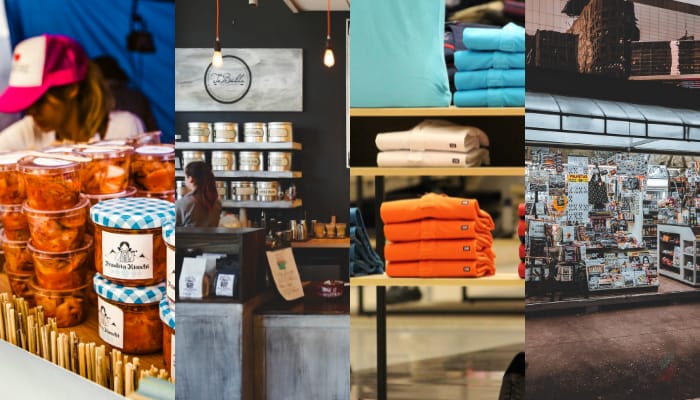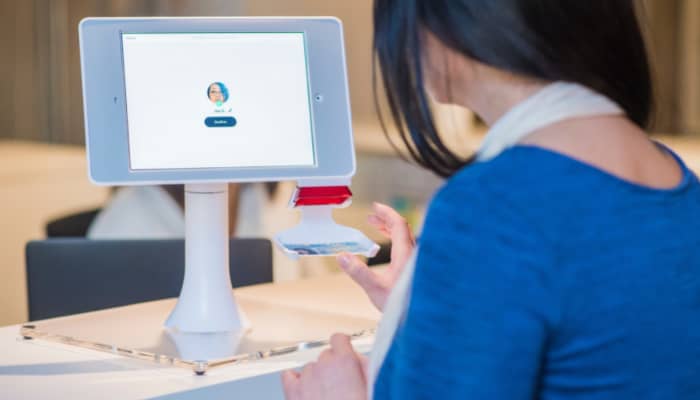Singapore – Amid the global pandemic, consumers have resorted to e-commerce and digital solutions, and the majority of them tend to visit websites without signing up or making a purchase. With this, shopper behavior teams across industries have been investigating this issue called ‘cart abandonment’.
To help uncover why people abandon carts and login boxes, and what online businesses can do about it, the global modern identity platform Auth0 and market research company YouGov has conducted an international survey among over 1,200 business leaders and 8,000 consumers around the world, including 200 and 1000 respectively in Singapore, about their expectations for login and sign-up experiences.
The survey found that 55% of APAC consumers are frustrated by long login and sign-up forms, compared to 49% globally. However, 34% of APAC businesses surveyed estimate that it takes potential customers between one and five minutes to sign up for their app – and 24% say the login process for returning customers takes more than one minute.
Moreover, the same survey showed that 87% of APAC organizations admit that potential customers abandon their cart or sign-up process, compared to 85% globally, while about 63% attribute these abandonments to sign-up processes and 51% attribute them to the login processes. However, the research shows that 84% of APAC consumers abandon their shopping cart or registration attempt due to a complex login process.
Meanwhile, the survey data previously released by Auth0 revealed that almost 89% of APAC consumers admit to reusing passwords for more than one account and that their main frustrations with the sign-up process for new apps are password-related. Consumers want alternatives to passwords, including biometrics and passwordless authentication, however, most businesses fall short of consumer expectations for these login experiences.
According to Auth0, around the world, about 86% of Australians, together with 89% of Singaporeans, 86% of French, and 85% of British consumers are more likely than those living in Germany with 78% and Japan with 76% to abandon their cart or sign up to online content if the login process is too arduous.
Organizations from APAC countries are much more likely than their European counterparts to attribute cart abandonment to sign-up processes – about 66% of Australians, 63% of Japanese, and 60% of Singaporeans, compared to 49% of French, 46% of British, and 41% of German.










